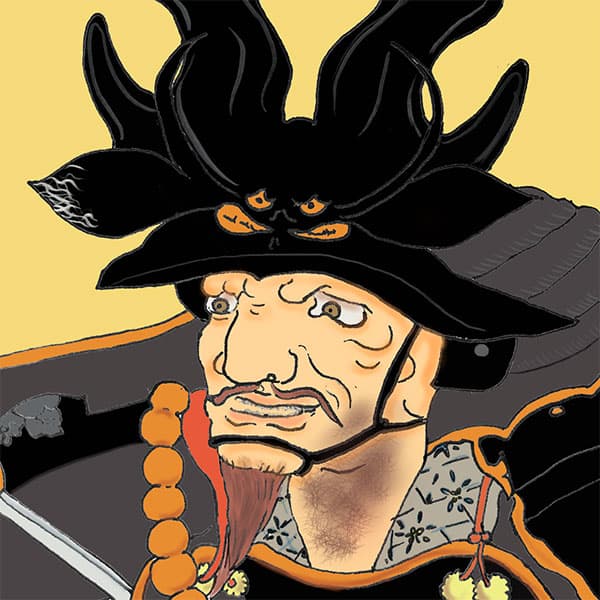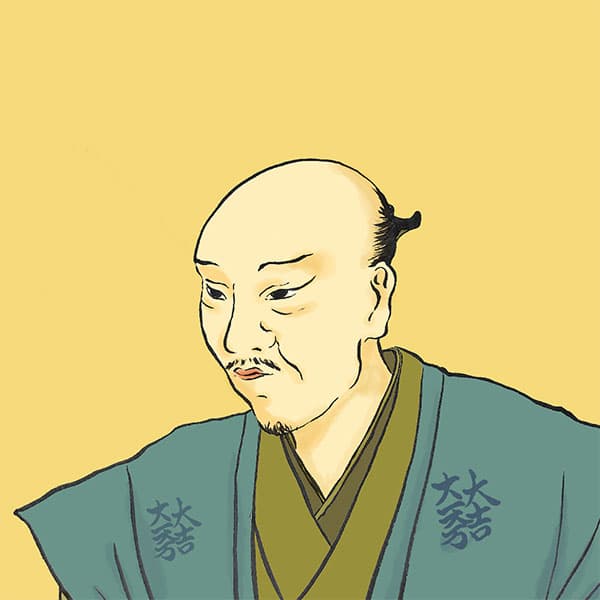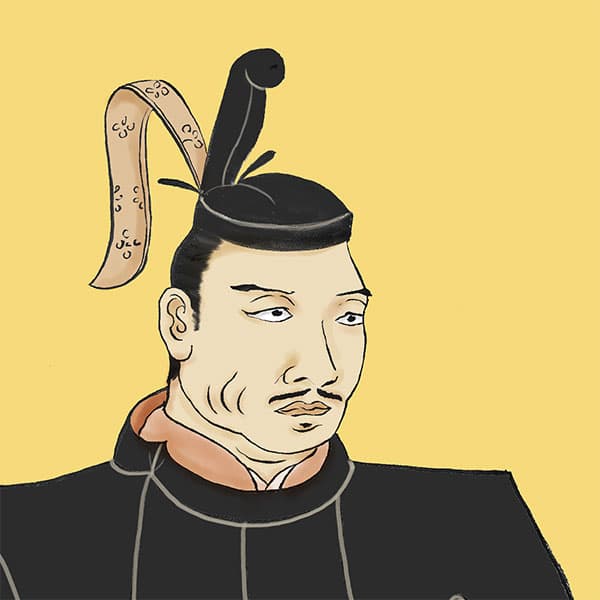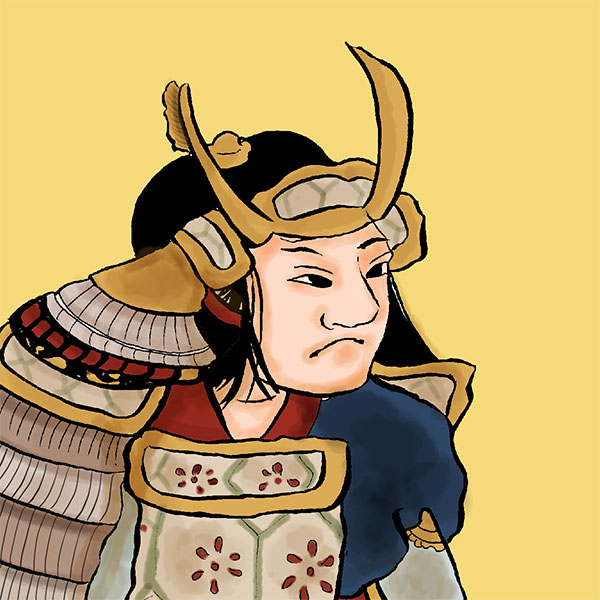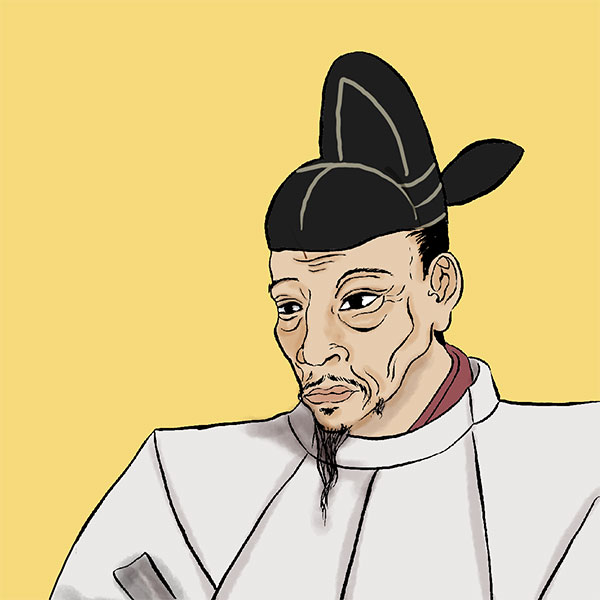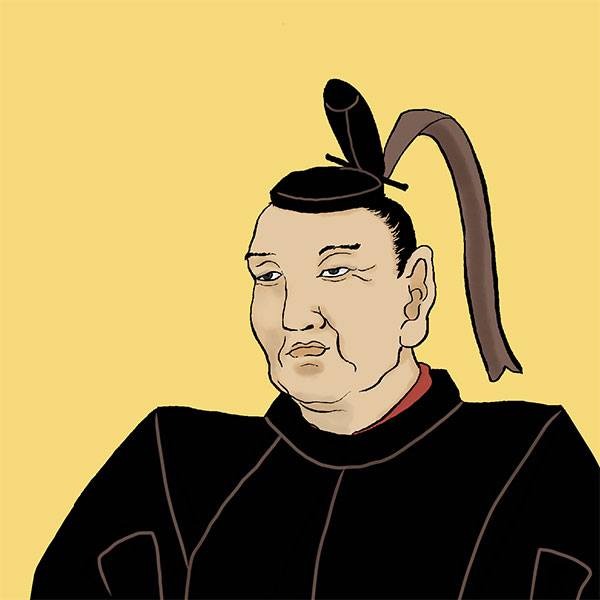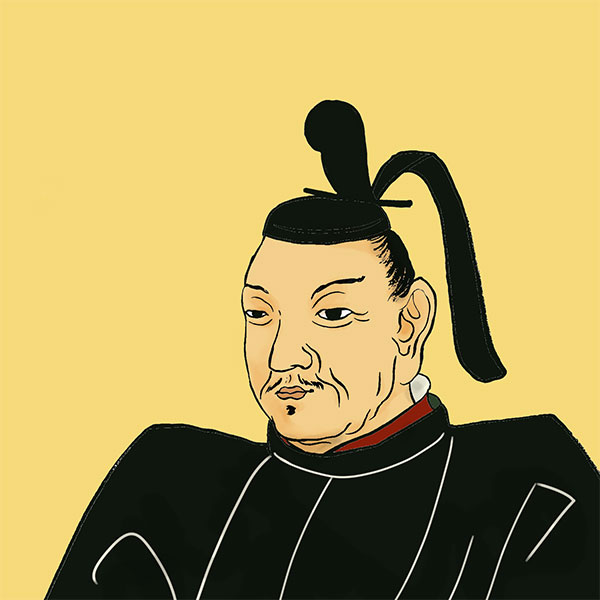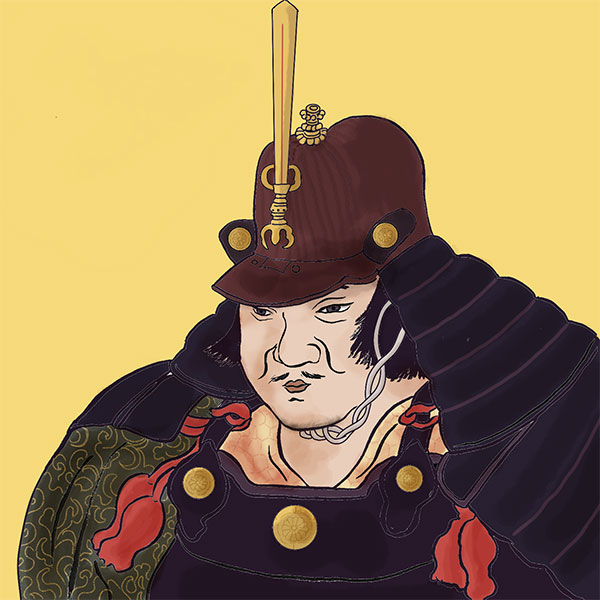Battle of Komaki and Nagakute (1/2)Toyotomi Hideyoshi vs Tokugawa Ieyasu
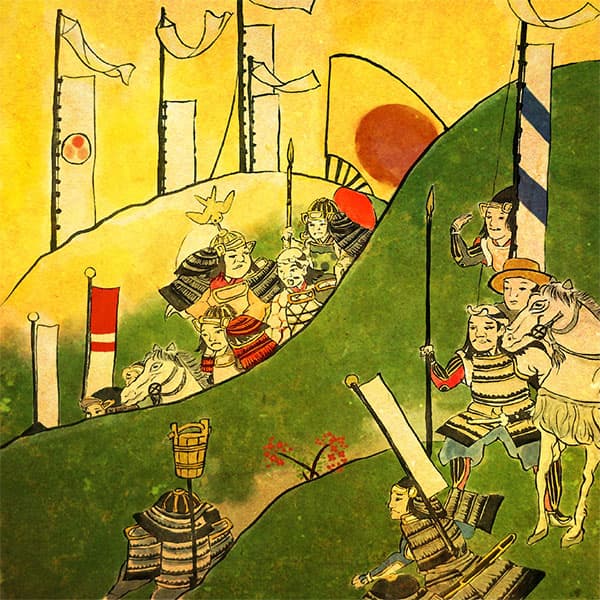
Battle of Komaki and Nagakute
- Article category
- case file
- Incident name
- Battle of Komaki and Nagakute (1584)
- place
- Aichi prefecture
- Related castles

Komakiyama Castle

Inuyama Castle
National treasure tower
Matsumoto Castle
National treasure tower
- people involved
The only battle in which Toyotomi Hideyoshi and Tokugawa Ieyasu faced each other directly was the Battle of Komaki and Nagakute in 1584. Approximately two years have passed since the Honnoji Incident in 1582, when Oda Nobunaga was defeated. Hideyoshi thought he had an advantage after defeating Mitsuhide Akechi, but Ieyasu was also steadily increasing his power. This time, we will look at the Battle of Komaki and Nagakute in which these two men fought, from the background that led to the battle to the final outcome.
What is the Battle of Komaki and Nagakute?
To briefly explain the Battle of Komaki and Nagakute, it was a battle between Toyotomi Hideyoshi, Tokugawa Ieyasu, and Oda Nobuo that took place over a period of approximately nine months from March to November of the 12th year of Tensho (1584). Battles occurred mainly in northern Owari (Aichi Prefecture), Mino (Gifu Prefecture), Ise (Mie Prefecture), and other areas.
Additionally, battles related to the Battles of Komaki and Nagakute are occurring in Hokuriku, Shikoku, Kanto, and other areas. Broadly speaking, the first half was a skirmish centered on standoffs between the two sides in Komaki, and the second half was a fierce battle called the Battle of Nagakute.
Background of the Battle of Komaki and Nagakute
Now, let's take a look at the background behind the Battle of Komaki and Nagakute. After Oda Nobunaga died in the Honnoji Incident caused by Akechi Mitsuhide in June 1582, it was Hideyoshi, who was at war with the Mori clan at the time, who defeated Mitsuhide. He concluded a peace treaty with the Mori family, quickly returned from China, and defeated Mitsuhide at the ``Battle of Yamazaki'' in the so-called ``Great Return of China.''
After that, the Kiyosu Conference was held at Kiyosu Castle (Kiyosu City, Aichi Prefecture) to decide on the Oda family's successor and the redistribution of territory. At this meeting, which was attended by Katsuie Shibata, Nagahide Niwa, Hideyoshi Hashiba, and Tsuneoki Ikeda, it was decided that Nobunaga's grandson Sanboshi (Hidenobu Oda), who was recommended by Hideyoshi, would be the successor, instead of Nobukatsu Oda, the third son of the Oda family, who was recommended by Katsuie. It has been decided. Furthermore, the territory was redistributed, and Hideyoshi gained a territory larger than that of Katsuie, who had been Nobunaga's top vassal.
As Hideyoshi's influence grew, the power struggle with Katsuie intensified. What happened was the Battle of Shizugatake in April 1583. In this battle, Hideyoshi defeated Katsuie and took the first step towards unifying the country.
What was Ieyasu doing while Hideyoshi was fighting Katsuie? Immediately after the Honnoji Incident, Ieyasu occupied the former Takeda family territories of Kai (Yamanashi Prefecture) and Shinano (Nagano Prefecture), which had become vacant due to Nobunaga's death, as well as Ueno (Gunma Prefecture), with Hojo Ujimasa, Ujinao, and Uesugi Kagekatsu. We were fighting. The Tensho Migo War, commonly known as the Tensho Migo War, lasted from June to October of the 10th year of Tensho, and first the Hojo family made peace with Kagekatsu. After that, Ieyasu made peace with the Hojo family and the conflict ended.
As a result of the Tensho Migo War, Ieyasu gained Kai and Shinano as well as the former Takeda vassals. Furthermore, he deepened his relationship with Nobuo Oda, who acted as an intermediary when making peace with the Hojo clan. This Nobuo Oda was the cause of the Battle of Komaki and Nagakute.
The battle of Komaki and Nagakute was triggered by Nobuo Oda.
Nobuo Oda was Nobunaga's second son, and although he lost the succession battle at the Kiyosu Conference, he inherited approximately 1 million koku in Owari, Iga (Mie Prefecture), and Minami Ise. After siding with Hideyoshi at the Battle of Shizugatake, he gained control of Northern Ise and other areas.
Then, he entered Azuchi Castle as the guardian of Sanboshi, who was only 3 years old. However, Hideyoshi immediately chased Nobuo out of Azuchi Castle. Was Nobuo a hindrance to Hideyoshi, who wanted to control the Sanposhi well...? As a result, the relationship between Hideyoshi and Nobuo deteriorated. Seeing Hideyoshi's movements, Nobuo felt a sense of crisis and wondered if Hideyoshi would take over the Oda family, so he turned to Ieyasu, Hideyoshi's rival.
Hideyoshi, on the other hand, tried to pacify Nobuo through Yoshifuyu Tsugawa, Shigetaka Okada, and Nagatoki Asai, the three chief retainers of the Oda family. However, in March 1584, Nobuo murdered the three chief retainers for allegedly informing Hideyoshi. Together with Ieyasu, he declares war on Hideyoshi. Angered by Nobuo's actions, Hideyoshi dispatches troops to overthrow Nobuo. This is the beginning of the Battle of Komaki and Nagakute.
For Ieyasu, Nobuo was the second son of Nobunaga, who was the lord, so he was considered the lord of the family. Since Nobuo had given him the cause to subjugate Hideyoshi, Ieyasu was able to attack his rival Hideyoshi fairly and squarely. It was a great opportunity for Ieyasu to overthrow Hideyoshi and expand his power.
Battle of Komaki and Nagakute ① Power balance of both armies
The Battle of Komaki and Nagakute is finally here, but before that, let's take a look at the military commanders on both sides.
- [Hideyoshi Army] 100,000 people (*Some say it was even fewer)
- Toyotomi Hideyoshi, Hidetsugu, Hidenaga (*At that time, the surname was Hashiba, but in this article, it will be unified as "Toyotomi")
Nagamasa Asano
Tsuneoki Ikeda
Kiyomasa Kato
Ujisato Gamo
Kanbei Kuroda
Ujishige Niwa
Masakatsu Hachisuka
Tadaoki Hosokawa
Hidemasa Hori
Mori Nagayoshi
Kazutoyo Yamauchi et al.
Famous military commanders are lined up. Other allies of Hideyoshi included Maeda Toshiie and Uesugi Kagekatsu in Hokuriku, Satake Yoshishige in Kanto, and Mori Terumoto in China.
Ieyasu's army, on the other hand, is as follows.
- [Ieyasu Army] 20,000 to 30,000 people
- Tokugawa Ieyasu
Nobuo Oda
Tadatsugu Sakai
Yasumasa Sakakibara
Tadakatsu Honda
Naomasa Ii
Such
The army was centered around Ieyasu's subordinates, and was smaller than Hideyoshi's army. For this reason, Hideyoshi's army appears to have an overwhelming advantage, but at this time Ieyasu was fighting against Ujimasa Hojo in the Kanto region, the Saikashu and Negoroshu in northern Kii, Motochika Chosokabe in Shikoku, and Etchu (Toyama Prefecture) in the Hokuriku area. Formed the ``Hideyoshi encirclement network'' with Narimasa Sasa and others. By starting wars in various places at the same time, Hideyoshi is tormented.
Battle of Komaki and Nagakute ② Battle of Komaki
Now let's take a look at the battle of Komaki and Nagakute. On March 13, Tensho 12, Ieyasu arrived at Seishu Castle with approximately 15,000 soldiers to join Nobuo. However, on the same day, Tsuneoki Ikeda, a vassal of the Oda family who was thought to follow Nobuo, sided with Hideyoshi and occupied Inuyama Castle on the border of Owari and Mino.
The article on the Battle of Komaki and Nagakute continues.
- people involved

- WriterNaoko Kurimoto(Writer)I am a former travel industry magazine reporter. I have loved history, both Japanese and world history, since I was a child. I usually enjoy visiting temples and shrines, especially shrines, and often do ``pilgrimages to sacred places'' themed around historical figures. My favorite military commander is Ishida Mitsunari, my favorite castle is Kumamoto Castle, and my favorite castle ruins is Hagi Castle. My heart flutters when I see the ruins of battle castles and the stone walls of castle ruins.





